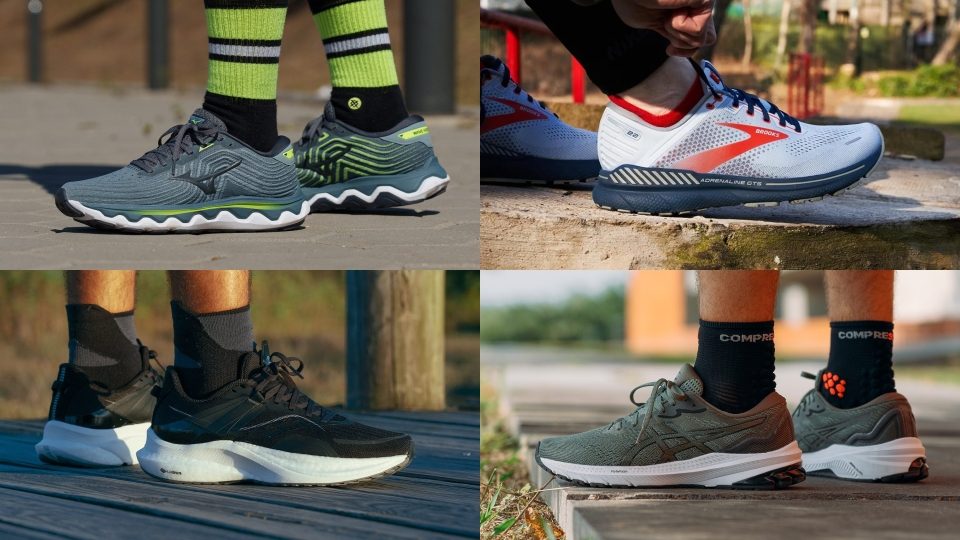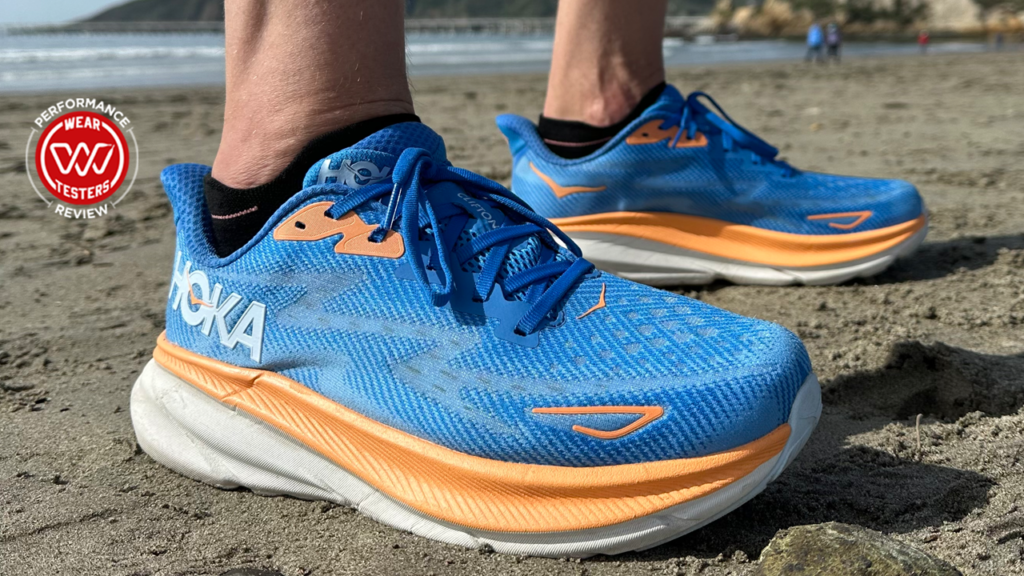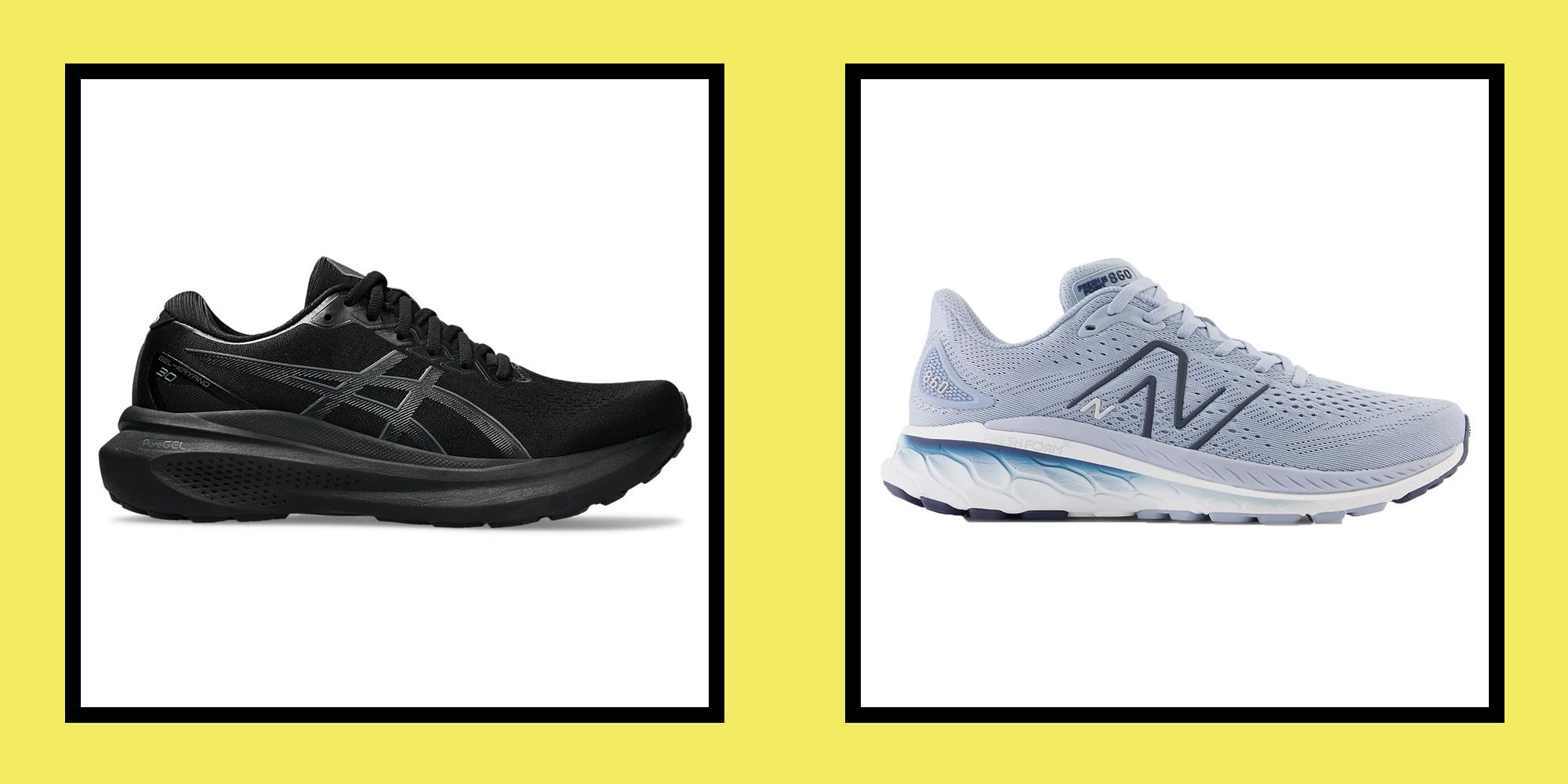Top Picks for the Best Running Shoes for Flat Feet
Flat feet, medically known as pes planus, is a condition where the arches of the feet are collapsed, causing the entire sole to touch the ground when standing. This condition can lead to various issues such as pain in the feet, ankles, knees, and lower back. Therefore, choosing the best running shoes for flat feet is crucial for maintaining comfort and preventing injuries. This article will guide you through the top picks and provide scientific explanations to help you make an informed decision.

Understanding Flat Feet
Flat feet are a common condition affecting millions of people worldwide. According to the American Academy of Orthopaedic Surgeons, about 30% of the population has flat feet. This condition can be congenital or develop over time due to factors such as aging, obesity, or injury. The lack of an arch can cause the feet to roll inward, a motion known as overpronation, which can lead to discomfort and increased stress on the joints.

Key Features of the Best Running Shoes for Flat Feet
When selecting best running shoes for flat feet, several key features should be considered. These include:
1. Arch Support
Arch support is essential for individuals with flat feet. Shoes with built-in arch support help to maintain the natural alignment of the feet and reduce the risk of overpronation. According to a study published in the Journal of Foot and Ankle Research, proper arch support can significantly reduce pain and improve overall foot function.

2. Cushioning
Cushioning is another critical factor. Running shoes with ample cushioning can absorb shock and reduce the impact on the feet, knees, and lower back. The American Podiatric Medical Association recommends shoes with high-quality cushioning to provide comfort and support during long runs.

3. Stability
Stability is crucial for preventing overpronation. Shoes with a stable base and a firm midsole can help to control the motion of the feet and reduce the risk of injury. According to a review in the British Journal of Sports Medicine, stability shoes are particularly beneficial for runners with flat feet.

Top Picks for the Best Running Shoes for Flat Feet
Based on the key features mentioned above, here are some of the top picks for best running shoes for flat feet:
1. Hoka One One Clifton 9
The Hoka One One Clifton 9 is renowned for its exceptional cushioning and lightweight design. It provides ample arch support and stability, making it an excellent choice for runners with flat feet. According to Runner’s World, the Clifton 9 offers a perfect balance of cushioning and responsiveness, ensuring a comfortable and smooth running experience.

2. New Balance 860v13
The New Balance 860v13 is a popular choice among runners with flat feet due to its superior stability and support. It features a firm midsole and a reinforced heel, providing excellent control over foot motion. According to a review by Weartesters, the 860v13 offers a secure fit and exceptional durability, making it ideal for long-distance running.

3. ASICS Gel-Kayano 28
The ASICS Gel-Kayano 28 is known for its advanced stability and cushioning technology. It features a Dynamic DuoMax Support System and a FluidRide midsole, providing excellent support and shock absorption. According to a review by RunRepeat, the Gel-Kayano 28 offers a comfortable and stable ride, making it a top choice for runners with flat feet.

Conclusion
Choosing the best running shoes for flat feet requires careful consideration of factors such as arch support, cushioning, and stability. The Hoka One One Clifton 9, New Balance 860v13, and ASICS Gel-Kayano 28 are all excellent options that provide the necessary support and comfort for runners with flat feet. By selecting the right pair of shoes, you can enhance your running experience and reduce the risk of injury.

